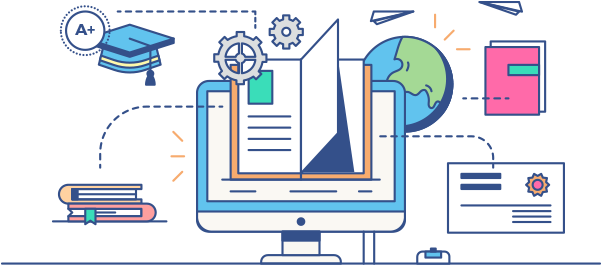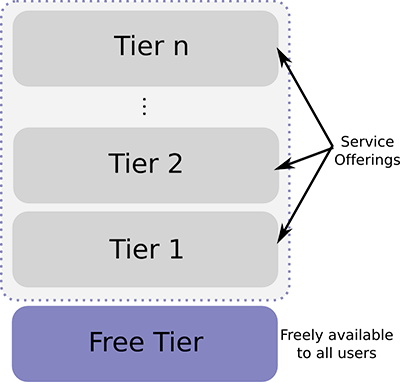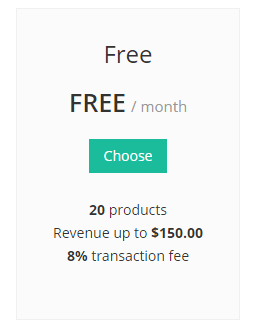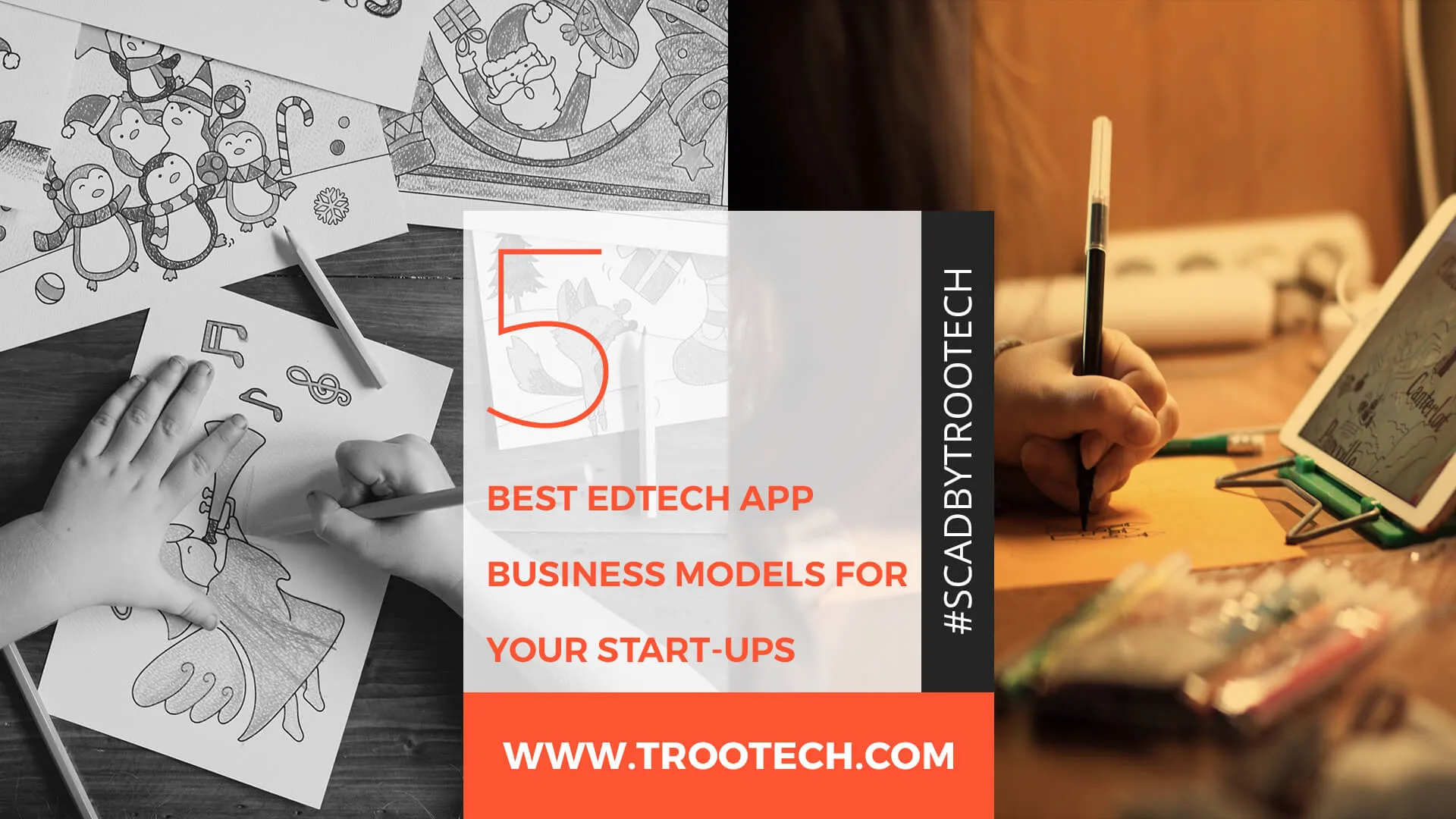The K to 12 traditional education is in crisis.
All thanks to the technologies contributing to the Education industry and making it EdTech, snatching the essence of the traditional education system and adopting the EdTech app business model.
And we are a tad bit responsible for it too. The reason being us believing in digitization in the education sector for the sake of ease to speed up the manual processes. We stood for our belief and came up with a campaign #SCAD Stop Change Adopt Digital to encourage more of a digitized process.
EdTech app business model is evolved as a result of one of our many research endeavors that we would like to share with you.
Have a quick read about the emerging Need of EdTech.
Trust me! Edtech has been a disruption to its parent – traditional education industry, which had more flaws than awes for the stakeholders and so many startups aimed for the business.
Result? Some sustained and some plagued.
What is lacking in existing business model of edtech app?
—————–

Though for some the EdTech app business model sprouted with new users at a scale and in the most cost-effective method as possible, this growth only solved a part of the problem.
The problems that led to the failure of EdTech are:
· Lack of Sustainable Plans
· New Business Models
· Poor Monetizing Plans
· Scaling Quickly
· Long-term Returns
This is because most of the EdTech businesses are based on expansion-first model and then revenue model is added to the business.
In case you are thinking to embark EdTech as your next business venture, of course it is the right choice but the challenge for the entrepreneurs involves the execution of the monetizing strategies that will allow them to build long-term relationships with their customers.
And historically speaking, most of the EdTech app business models have failed to achieve the kind of response that was expected to be attained.
Another problem that stands as a wall in the success of EdTech is the lack of innovation.
The aspiring businesses aim for the EdTech business when they witness other businesses failing badly, with a vision to scale up the standards of the business with strong MVPs but still fail terribly.
When you are set to building a disruptive business, the requisite also consists of a transformations on a large scale which will contribute to the unique selling point of the business other than making a few small amendments here and there in the ongoing EdTech vicinity.
This way the business can attract more meaningful number of users and growing an Edtech app business model with long-term sustainability.
As passionate as these entrepreneurs are about trying to solve the user’s problem by introducing alluring features by being extravagant in their efforts, their mistake is they don’t spare enough time experimenting with and innovating around new monetizing strategies.
These entrepreneurs spend too much time in deciding the features of their app or website and user acquisition, that they get little or no time in connecting the dots with the business model by the perfect revenue model.
In a nutshell, when there is no renovation in the business plan with respect to the revenue plan, and the expansion is done too quickly by relying upon the long-time returns from the business, the sustainability is affected adversely.
The Perfect Edtech Business Model
—————–

The Edtech app business model should be able to provide the following:
· Increased Access
· Increased Efficiency
· Very Low Cost
· Personalized Content
· Adaptive Delivery
· Measurable Outcomes
Business Models that can disrupt the edtech industry
—————–
Freemium
—————–

In this type of Bottom-up business model, there are only some amount of features provided for free and in order to access other features, the users have make a onetime payment.
Under this model, you can offer your stakeholders with the app that has got MVP features only and encourage them to purchase the premium version with the extra features.
The freemium or free trial business model mostly has three stakeholders –
· Teachers
· Students
· Schools
The more common freemium business model restricts itself to the amount of features or support a teacher receives for the free app or certain number of free features, while the paid version is more robust than the freemium version.
With the help of this model, the stakeholders can start using their product for free, with an additional option to subscribe more features to a paid version.
Free Trial
—————–

In this type of Bottom-up business model, all the features are accessible by the users for a limited period of time. After the time period gets over, the user can choose to continue using the features by paying for the features. This is mostly charged on monthly or yearly basis.
Here you can allow them to either start with a free account and then buy an account or can get them to upgrade their existing account by paying subscriptions.
The more common free trial business models restrict themselves to the amount of time for which the users can access the free features in the app. The free and paid version of this app have got almost all the same features in the trial version for a limited amount of time.
The big advantage of the bottom-up business model is that the users get addict to the features after using the model for a certain period of time.
Institutional
—————–
The institutional edtech app business model is also known as top-down business model, since it involves the handling of the app from a top-level admin to the ground level stakeholders.
The front stakeholder is an admin.
What happens here is, a person posters himself as admin and purchases the app. Then it markets about the app to the schools and lists the schools under the app.
This way the school gets an access to the ease of management and the admin gets the listing fee from the schools and complete control from the backhand.
As per the limitation of the app, the admin can accommodate any number of schools.
The business model is suitable for the EdTech companies that need to integrate multiple schools in the business. This provides the schools with K to 12 class a secure, hosted data warehouse and customizable dashboards that contains all the data of the school into the concentration of the school principals, teachers, parents, and students.
Other than this, it is structured in such a way that it cannot be accessed by one teacher, thereby opening a wider scope for big remuneration by big institutions.
The main advantage of top-down business model is that the revenue can be obtained in the start itself as the purchases are made directly.
Consumer
—————–
When the edtech app business model is consumer-facing, the application is free for the schools to use. The consumer approach is such that it allows the school to make use of the application for free and it charges the parents of the students when they want to use the application at their home.
This type of business model is suitable for the type of applications that the kids and the parents can use on their own at their home and there is absolutely no involvement of teachers or the principal.
However, the schools get to access the application without any charges.
Here the schools become the lead for the business even though they do not make any purchase but the teachers highly recommend the tool to the parents and they are the ones that make purchases.
The content here is mostly in the form of games and recreational activities. Thus, making the children learn more by putting less efforts is what these types of businesses aim at and so considerably attract the parents into the stake.
The teachers also make recommendations about the application to the parents and word of mouth marketing is effectively done, which instigates trust and so the customer acquisition is done faster.
The advantage of consumer business model lies in the great possibility to expand the business using the schools exponentially.
Sponsored
—————–
This is the least common business model. In Sponsored business model, neither the schools, principals, teachers, nor the parents pay for the application.
A social organization makes the purchase for a social cause and then redistributes it to the parents, schools, teachers, and students.
The direct stakeholders for sponsored business model is an organization and the indirect stakeholders are teachers, schools, principals, and students.
Apart from this, it can be ensured that the app will serve for a long-term and thus, will have big chances for sustainability, efficiency of usage, measurable outcomes, etc.
The advantage of this model is a larger reach to the stakeholders by the free distribution of the application with MVPs and advanced features to the schools, teachers, parents, and the students.
Still wondering what the solution can be?
—————–
The best solution to make your EdTech businesses a big success lies in appropriately choosing the business model. While a poor business model can kill even the most innovative business concept, it is upon the entrepreneurs to structure their business process.
So, your business model doesn’t pass the 9/9 criteria? Let us know your difficulty here.


